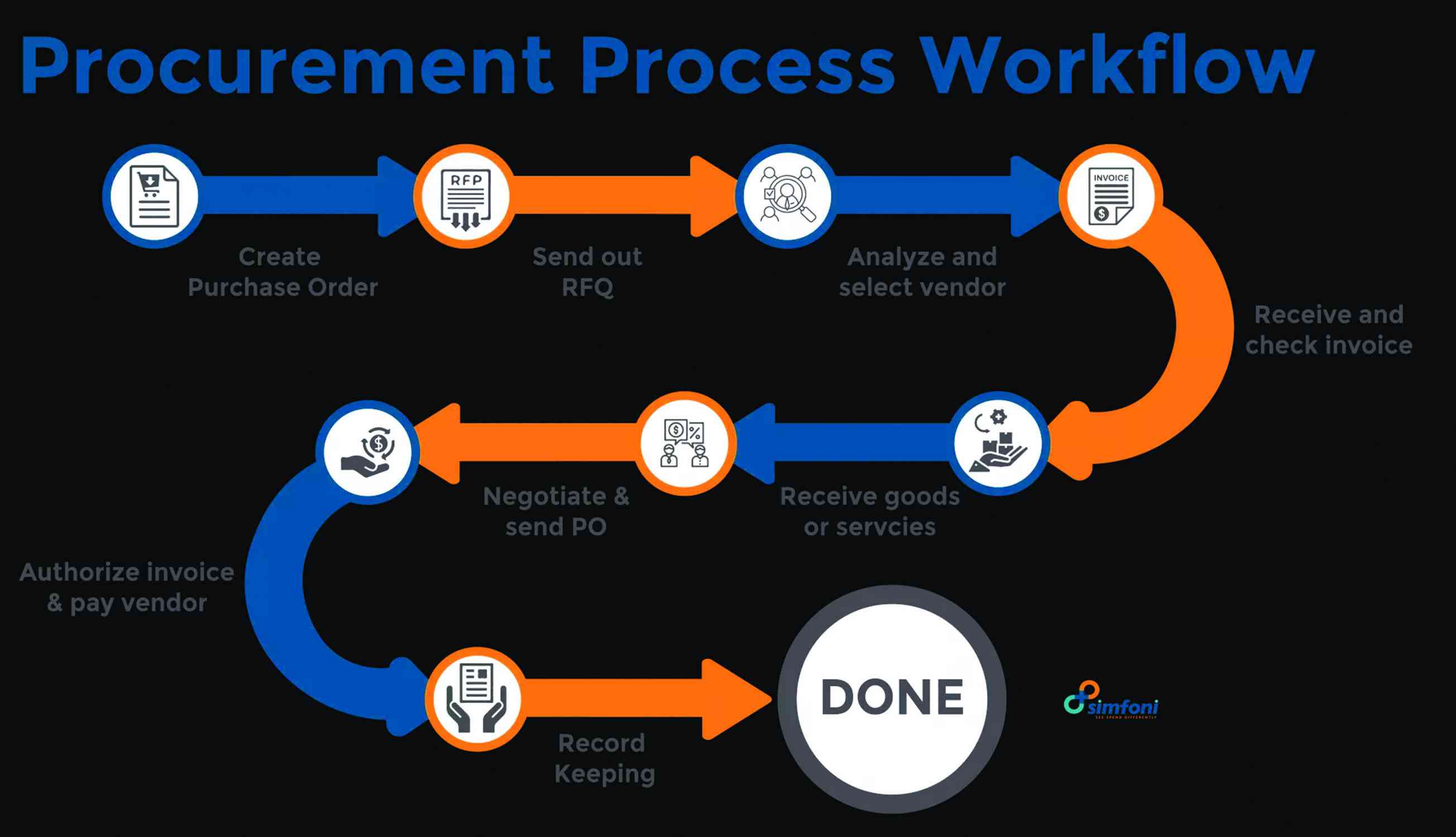
IN a world increasingly defined by distractions and noise, the importance of feeling seen, heard, and understood cannot be overstated.
These three elements are fundamental to effective leadership and team dynamics. When team members feel acknowledged and validated, their motivation often escalates, leading them to go the extra mile.
Join me as I reflect on the significance of these feelings in a professional environment and offer insights into how leaders can cultivate them within their teams.
Feeling seen is the first step in fostering meaningful connections among team members. Recently, I attended a meeting where the leader made a conscious effort to recognise each participant.
This simple act of acknowledgment transformed the atmosphere of the room. People felt valued and appreciated, which significantly enhanced their engagement. The leader’s effort to make everyone feel seen was not merely a formality; it was a powerful tool for building a cohesive team.
When individuals feel recognised, they are more likely to contribute actively to discussions and initiatives, fostering an environment where collaboration thrives.
When leaders take the time to acknowledge individual contributions, it fosters a sense of belonging. This feeling is essential in any team dynamic.
Team members, who feel seen, are more likely to share their ideas, provide feedback, and take ownership of their roles. They become active participants rather than passive observers.
- Addressing unfair trade key to transforming African food systems
- Athletics team buzzing after Mauritius heroics
- Urgent economic structural transformation necessary
- South Korea and US fire missiles in warning to North Korea
Keep Reading
The recognition they receive encourages them to invest more in their work and the team’s success. This investment manifests in various ways, from increased creativity to a willingness to tackle challenges head-on.
To make others feel seen, leaders can employ several strategies. First, personal acknowledgment is crucial. Using names in conversations and recognising contributions publicly can create a more inclusive environment.
This simple act of recognition can make a significant difference in how team members perceive their roles and contributions. Additionally, body language plays a vital role in making others feel seen.
Maintaining eye contact and using open gestures conveys attentiveness and respect. When team members see that their leader is genuinely engaged, they are more likely to reciprocate that engagement.
Active participation is another critical aspect. Encouraging everyone to share their thoughts and experiences creates a platform for open dialogue. When team members feel that their voices matter, they are more inclined to contribute, leading to richer discussions and better decision-making. This collaborative spirit not only enhances team dynamics but also fosters a culture of continuous improvement.
Once team members feel seen, the next crucial step is ensuring they feel heard. Listening is an art that requires practice and intention. A leader, who listens actively, creates an environment where individuals feel safe to express their thoughts and feelings.
In the aforementioned meeting, participants were encouraged to share their perspectives without fear of judgment. This environment of trust allowed for open communication, which is essential for a high-performing team.
When people feel heard, they are more likely to express their ideas freely. This exchange of ideas can lead to innovative solutions and improved team performance.
Moreover, active listening shows respect and validation, which can significantly enhance trust within the team. Team members, who feel heard, are more likely to be invested in their work and the success of the team.
They are also more likely to support one another, fostering a collaborative atmosphere where everyone works towards common goals.
To foster effective listening, leaders can utilise several techniques. Paraphrasing is one such technique; by repeating back what someone has said, a leader can confirm understanding and demonstrate that they value the speaker’s input.
Open-ended questions are another powerful tool, as they encourage elaboration and deeper discussion. By asking questions that invite further exploration, leaders can facilitate more meaningful conversations.
Non-verbal cues, such as nodding and affirmative expressions, also play a crucial role in demonstrating engagement. When team members see that their leader is actively listening, they are more likely to feel valued and understood.
Understanding goes beyond merely hearing words; it involves empathising with the emotions and meanings behind those words. A leader who understands their team members can address their needs more effectively.
In the recent meeting, the leader not only listened, but also demonstrated empathy, which created a profound impact on the participants. This empathetic approach fosters a deeper connection between team members and their leader, enhancing overall team cohesion.
When team members feel understood, they are more likely to be open about their challenges and aspirations. This creates a culture of transparency and collaboration.
Understanding fosters a deeper connection that can lead to long-term loyalty and commitment within the team. When individuals feel that their leader genuinely cares about their well-being and professional growth, they are more likely to remain engaged and committed to their work.
To foster understanding within a team, leaders can implement several strategies. Empathy mapping is one effective approach. By encouraging team members to share their challenges and feelings, leaders can create a shared understanding of each individual's experiences.
This practice promotes empathy and strengthens the bonds between team members. Regular check-ins are another valuable tool. Scheduling one-on-one meetings to discuss individual experiences and concerns allows leaders to gain insights into their team members’ perspectives and challenges. This personalised approach can significantly enhance the leader-team member relationship.
Feedback loops are also essential for fostering understanding. Implementing systems for providing feedback that focuses on individual growth and understanding can create a culture of continuous improvement.
When team members know that their growth is a priority, they are more likely to engage in constructive feedback conversations, leading to enhanced performance and satisfaction.
The impact of these three elements — feeling seen, heard, and understood — extends beyond the immediate team. When leaders cultivate an environment where team members feel acknowledged, it creates a ripple effect that can influence the entire organisation.
Teams that operate in such an environment are more collaborative, innovative, and productive. The synergy generated by this collaborative spirit can result in exceptional outcomes, benefiting not only the team but also the organisation as a whole.
Moreover, this approach can lead to improved employee satisfaction and retention rates.
When individuals feel valued in their roles, they are more likely to stay with the organisation, reducing turnover and fostering a culture of continuity and growth.
Organisations that prioritise these elements often enjoy higher morale, increased productivity, and a stronger reputation in their industry.
As leaders, the challenge is to continuously ask ourselves: Do you feel me? Do you hear me? Do you understand me? By making a conscious effort to ensure that team members feel seen, heard, and understood, we can inspire them to go the extra mile.
This not only enhances individual performance, but also strengthens the entire team’s dynamics.
In a world where everyone seeks validation, the ability to provide this affirmation can be a game changer. Let us strive to be leaders who not only acknowledge the presence of our team members but also embrace their voices and experiences.
In doing so, we create a culture of engagement, trust, and success that resonates far beyond the walls of our meetings.
Prioritising these essential elements, we can transform our teams and organisations, leading to a more fulfilling and productive work environment for everyone involved.
Chirenje writes in her capacity as a citizen of Zimbabwe. Follow her on social media for more Lifezone with Grace conversations on Twitter: @graceruvimbo; Facebook: Grace Ruvimbo Chirenje; Instagram: @graceruvimbo; WhatsApp:+263772719650.











